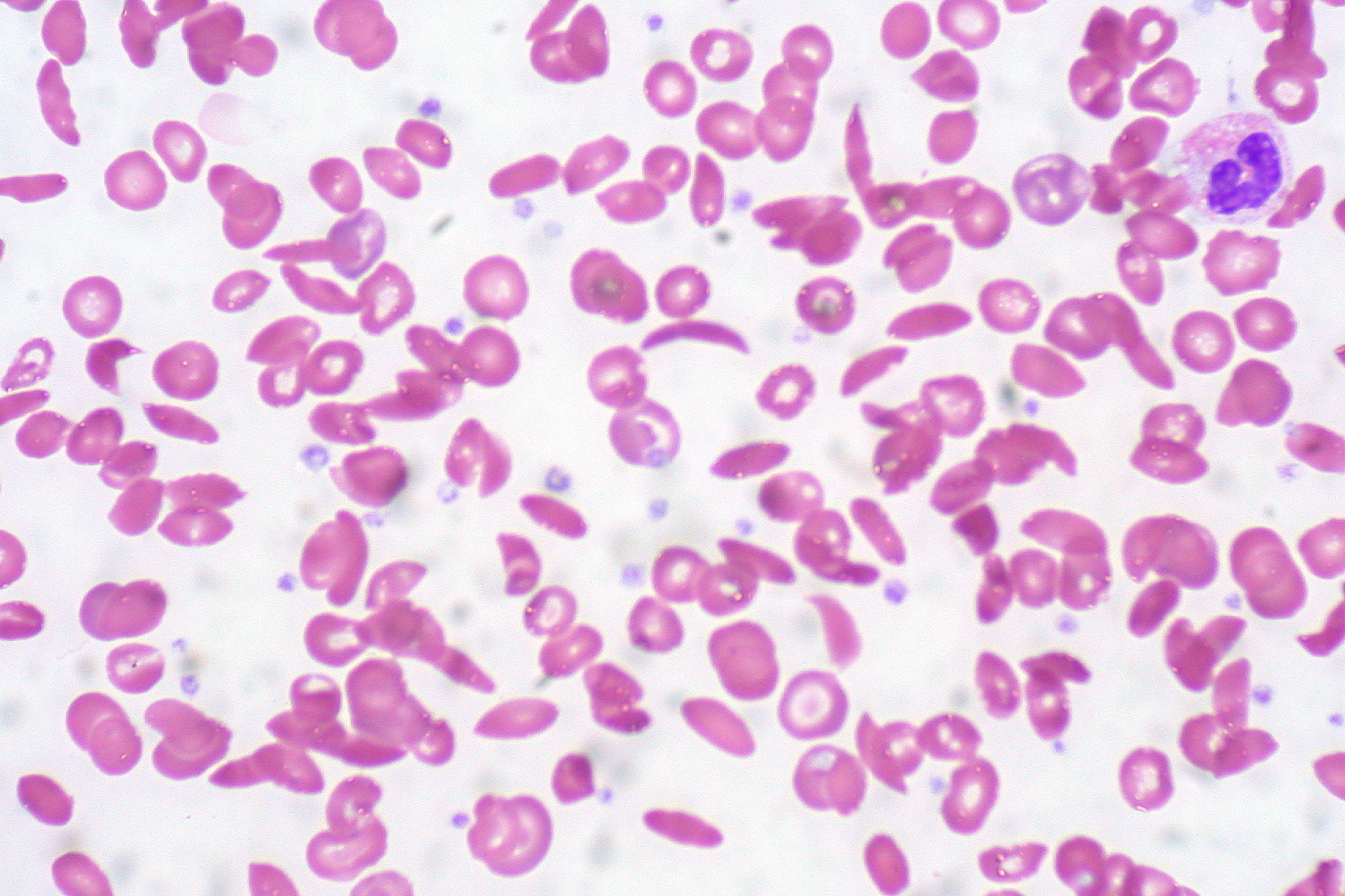Aggregated News

Image by Ed Uthman from Flickr
Last year, the U.S. Food and Drug Administration (FDA) approved two gene therapy procedures that can treat and, in some cases essentially cure sickle cell disease, a genetic blood disorder that causes pain and anemia in millions and still kills nearly 375,000 people worldwide every year. But the groundbreaking treatments require risky chemotherapy and cost some $2 million per person, putting them out of reach of the vast majority of sickle cell patients. Now, pharmaceutical researchers are reporting a potential oral drug that restores healthy blood cells in animal models of the disease.
Unlike a one-time gene therapy whose benefits could last decades, the new compound might have to be taken periodically for life and it hasn’t even begun safety testing in humans. But the experimental drug, described today in Science, offers hope that sickle cell disease could one day be widely and cheaply treatable with a simple pill.
“This seems promising,” says Lewis Hsu, a pediatric hematologist at the University of Illinois, Chicago, who wasn’t involved with the new research. However, he...



